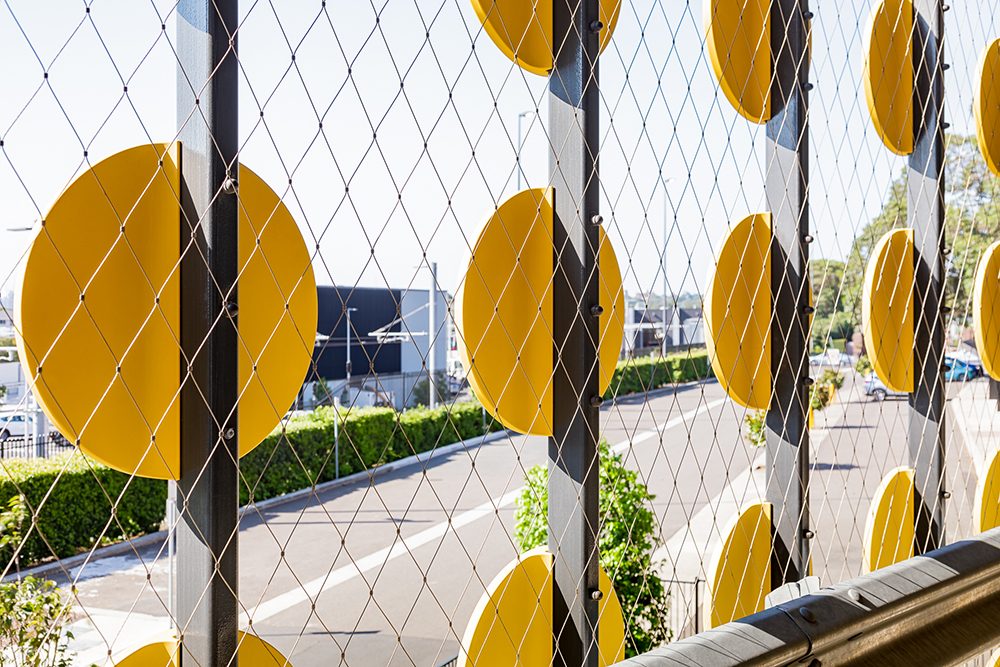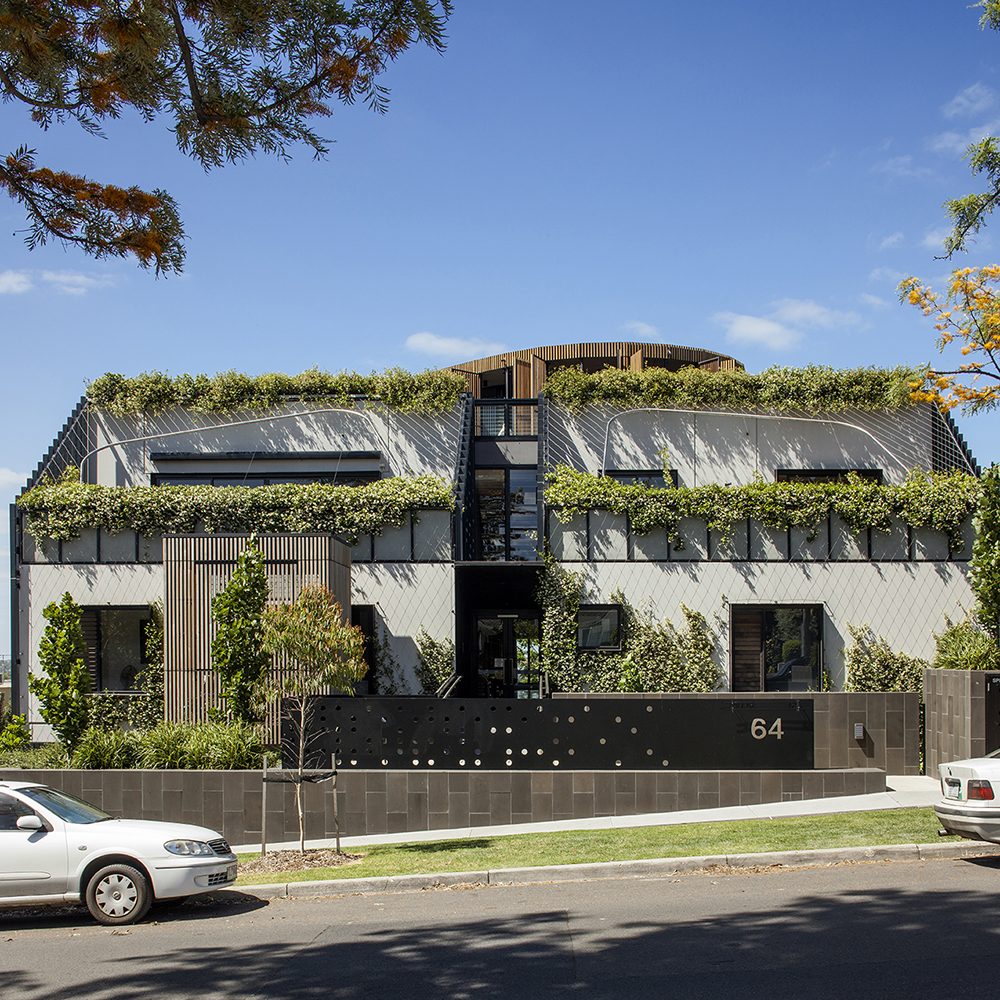Jakob’s webnet mesh is an adaptable material made from woven stainless-steel wire that suits a very wide range of outdoor and indoor applications.
Examples of webnet structures include green facade supports, balustrades, room partitions, walkways, bridges, artwork supports and children’s playgrounds.
The benefits of webnet mesh
This material offers numerous benefits for architectural design, such as:
- Robustness – webnet is strong and corrosion-resistant, requiring little if any maintenance.
- Versatility and flexibility – it can be formed into just about any geometric shape and aperture-opening size, making it suitable for many contemporary architectural works.
- Fast – being pre-formed, webnet mesh is very quick and easy to install, in some cases only taking a matter of a few weeks from start to finish.
- Safety-enhancing – webnet provides superior fall protection without detracting from or overshadowing the design elements of a project. It can also be used as a design feature in its own right if desired.
- Attractive – webnet has a light filigree-like appearance. It can also be coloured according to project needs.

Varieties of webnet mesh
Webnet mesh is not one-size-fits-all but can be custom-made.
The standard mesh comes with sleeves and provides a very cost-effective solution. Webnet without sleeves provides the same fall-protection and strength of the sleeved mesh, but with even greater transparency and less light reflection.
The mesh can also be formed into customised panels on frames for a quick installation on a project – such as in a facade support or playground.
In addition, you can put your own personalised stamp on webnet mesh with the use of customised metal ID plates. These can be arranged as decorative mosaics, as company logos or as messages on advertising billboards.
Case examples of webnet structures
At Tensile, we love working with this versatile mesh. Some of our projects include:
- Facades – including a green facade at Anderson Road apartments and decorative facade at the Randwick racecourse carpark.
- Balustrades – the Carlton House project for example, where a near-transparent balustrade blends in with the minimalist design of the house.
- Bridges – e.g. the Albert Tibby Cotter pedestrian bridge in Sydney.
- Playgrounds and childcare centres – through use of mesh ‘wrapping’ material or mesh panels.
Do you have an architectural project in mind that you believe could benefit from the use of webnet mesh? If so, get in touch with us for a discussion.






































